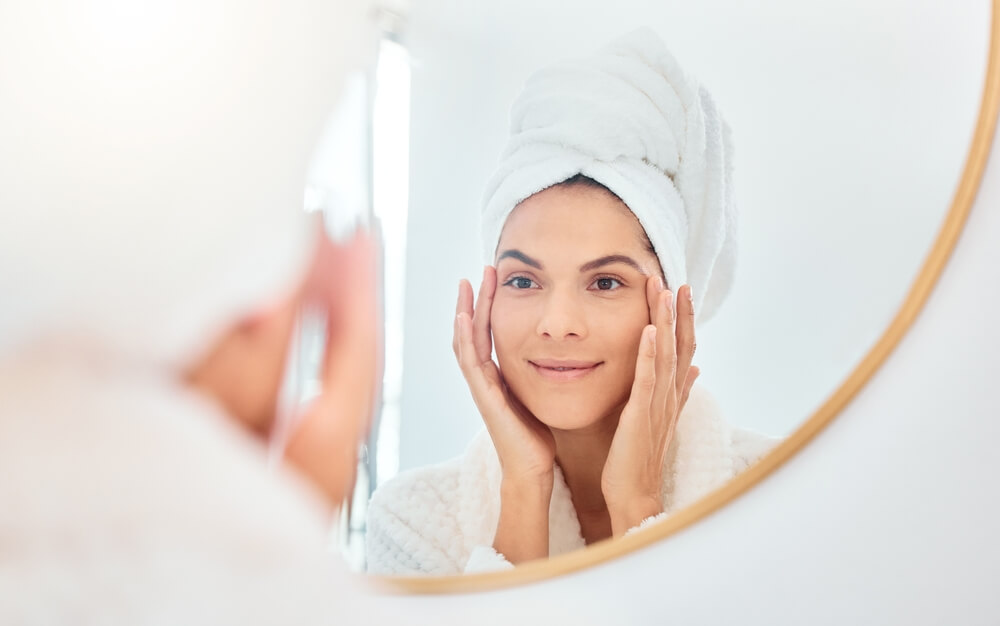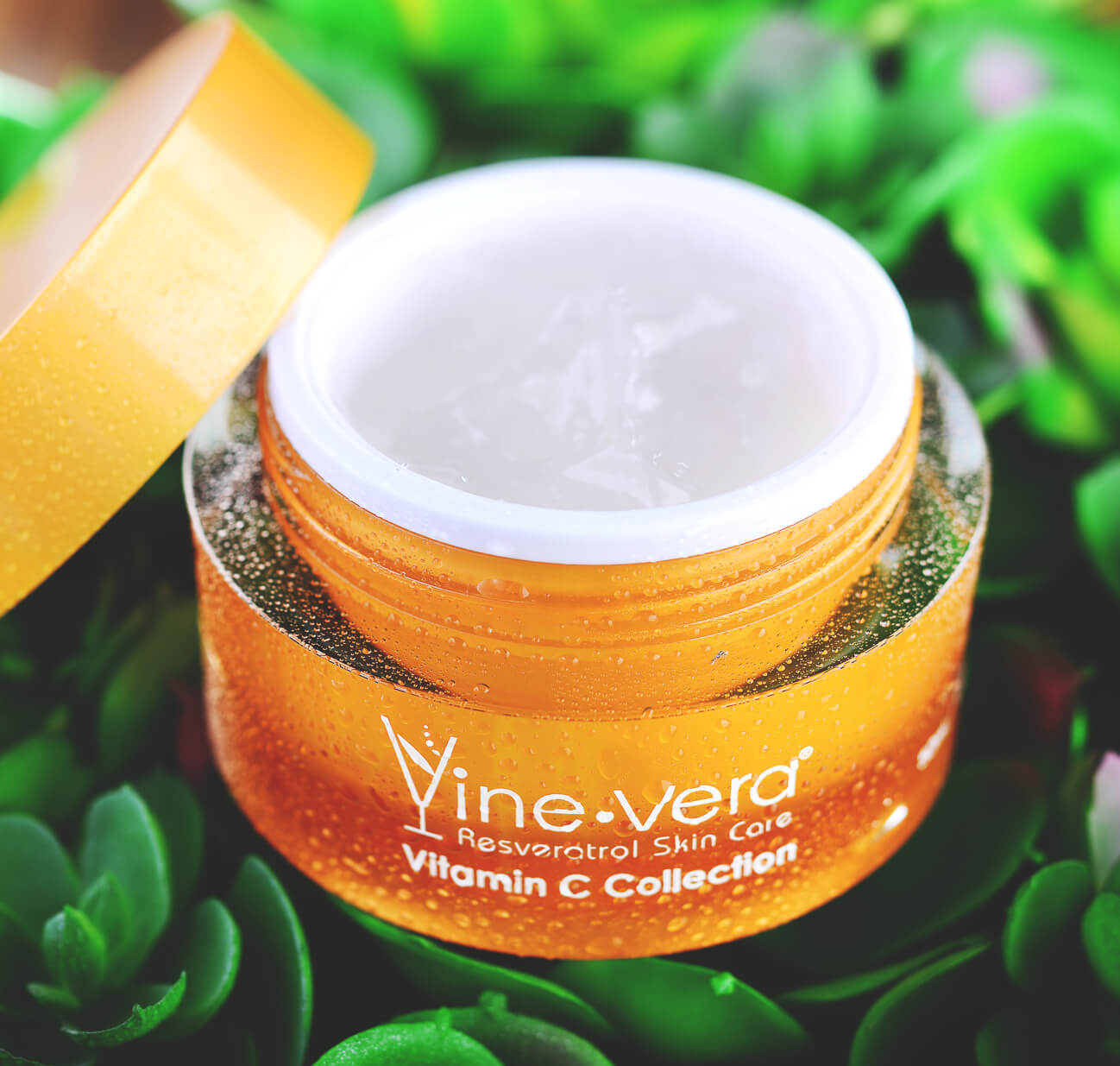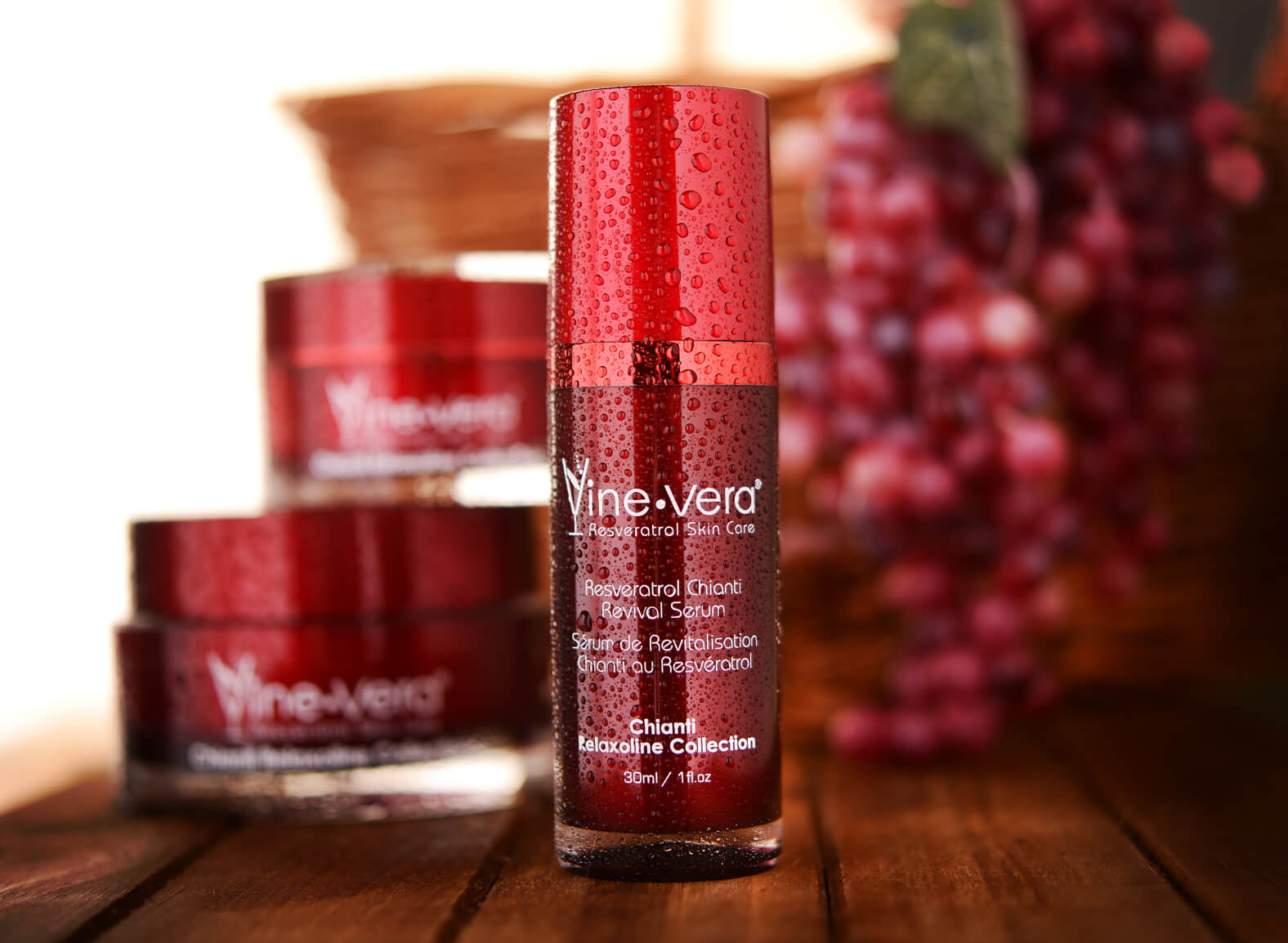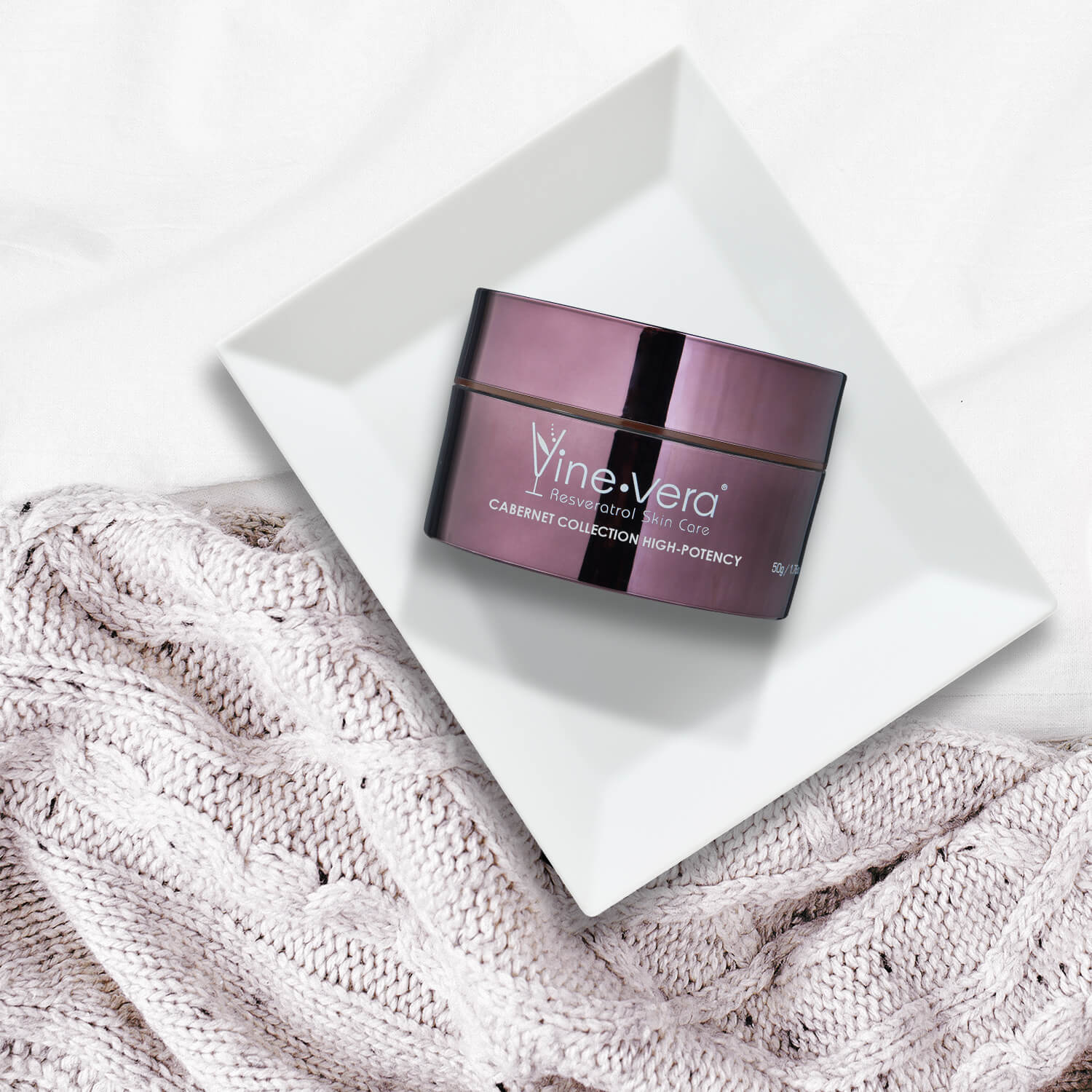8 Practical Tips to Prevent Your Skin From Pilling

Have you ever applied a skincare or makeup product to your face, only to find that, rather than settling into your skin, it forms tiny balls on your skin’s surface?
This is known as skin pilling, and it’s actually more common than you would think. Not only is the flaky and uneven finish it gives to your skin never a good look, but skin pilling is also a sign that your products aren’t being absorbed into your skin very well. This will make them less effective overall.
So, how can you put a stop to skin pilling? Read on as Vine Vera shares eight tips to prevent this problem from happening.
Why Does Skin Pilling Happen in the First Place?
Before learning how to prevent skin pilling, it’s important to understand why it happens in the first place. Many believe that those tiny balls that form are made up of flaky skin but, instead, they actually consist of the products that you’ve just been applying.
When topical products aren’t able to sink into the skin for whatever reason, the tiny particles within those products bunch up into little clumps. These usually end up clinging to the skin, although they often transfer over onto the fingertips too.
8 Ways to Prevent Skin Pilling
There are a few different factors that can contribute to skin pilling. It’s important to work out the cause for the skin pilling that you’re experiencing because this will determine the best methods to prevent it:
1. Regularly Exfoliate Your Skin

Sometimes, skin pilling occurs when the skin hasn’t been exfoliated for a while. This leads to dead skin cells building up on the surface of the skin, which prevents product absorption. Not only does this mean that your skincare products end up sitting on the surface of your skin for longer, rather than sinking down on in, but massage those products into your skin and they’ll mix with all of those dead skin cells, resulting in those little clumps of product gathering on your skin.
Regularly exfoliating your skin will keep your skin’s surface clear of dead skin cells. This makes it easier for your skin to absorb your topical products, meaning that skin pilling won’t be such an issue.
With that said, don’t go overboard with your exfoliation efforts either. Over-exfoliating can damage your skin barrier, which will also interfere with product penetration. Ideally, you should be exfoliating 1- 3 times a week, depending on your skin type, using a gentle exfoliator. The Vine Vera Resveratrol Vitamin C Peeling, which exfoliates with a blend of mandelic acid and bamboo powder, would be a great choice. Suitable for all skin types, this exfoliator will keep your skin and pores feeling smooth and clear.
2. Use Lightweight Skincare Products

The heavier your skincare products are, the more likely you are to experience skin pilling. This is partly down to how thicker products take longer to penetrate into the skin, whereas lighter formulas will disappear in much faster.
What happens if your skin is extremely dry and needs thick products?
The solution lies in the serum step of your skincare routine. Opt for lightweight hydrating serums but feel free to layer a few of these over the top of each other. Take the hydrating serums from Vine Vera as an example. The Resveratrol Chianti Revival Serum, Resveratrol Pinot Noir Phyto-Silk, and the Resveratrol Pinot Noir Longevity Serum are all exceptionally hydrating. However, at the same time, they’re also very lightweight and silky in consistency. Layer two or three of those serums onto your skin, top them off with a moisturizer, and your skin will likely feel even more hydrated than if you had only applied a couple of heavier products.
3. Apply Your Skincare Products in the Correct Order
You’re probably already familiar with how skincare products should be applied in a certain order. The light to heavy rule is the one that most people follow. This involves starting with your lighter products, such as your toner and your serum, before finishing up with heavy products, such as a moisturizer.
The main purpose of doing this is to allow those lightweight formulas to sink into your skin easily without being blocked by any thick ingredients. Do things the other way around and your heavier products will prevent your lighter formulas from penetrating through. Not only will this stop those lighter products from working properly, but it will also make skin pilling more likely due to how you’ll end up with excess product lingering on your skin’s surface.
So, when applying your skincare products, keep the light to heavy rule in mind. It may require more focus and planning but your entire skincare routine will be so much more effective. Plus, you’ll also be able to put a stop to skin pilling!
4. Wait 60 Seconds Between Applying Each of Your Products
It’s tempting to speed through your skincare routine when you’re in a rush. However, this can often prevent products from seeping into the skin properly. Apply your next product before the previous one has had the chance to be absorbed and skin pilling is much more likely to occur.
Ideally, you should be waiting for each product to almost fully dry on your skin before moving on to the next. However, this can sometimes take a few minutes. If you don’t have extra time to spare, aim to wait roughly 60 seconds in between each product that you apply. This should give the majority of that product enough time to settle into your skin before the next one comes along.
If your skincare routine is Korean-inspired and consists of ten or more steps, you may want to consider cutting it back when you’re short on time. It’s far better to use fewer products that are actually penetrating your skin than to use a greater number of products that only end up pilling and flaking off.
5. Apply Smaller Amounts of Your Products
Found yourself a skincare product that promises to eradicate one of your main visible skin concerns? Whether it may be designed to reduce the appearance of wrinkles, lighten the look of dark spots, or anything else, it can be tempting to slather on a larger amount of that product in the hopes that it will provide even better results.
Unfortunately, that’s not the case. In fact, the opposite is often true. The more of a product you apply, the more your skin will struggle to absorb it. Instead of soaking into your skin, all of that excess product will sit on your skin’s surface. It will then mix together with dead skin cells or the next product that you apply, resulting in skin pilling.
So, when carrying out your skincare routine, try applying a little less of each product. This will make it easier for your skin to absorb each one, meaning pilling won’t be such an issue.
6. Use a Water-Based SPF

SPF products are usually either water-based or oil-based. The base that has been used doesn’t affect the product’s efficacy, but it has a big impact on how likely that product is to pill.
Generally, oil-based SPF products are more susceptible to pilling than water-based formulas. If you’ve noticed that skin pilling usually occurs for you after applying SPF, have a look at that product’s ingredient list. You’ll know if it’s oil-based if one or more of the first three ingredients on there is an oil.
If this is the case, try switching to a water-based SPF, like the Vine Vera Resveratrol Cabernet Replenishing Moisture Cream SPF 30. This is actually a two-in-one product. In addition to shielding your skin from UV rays, it will also deeply moisturize your skin. In the mornings, you can use this one product instead of applying both a moisturizer and a separate SPF. Not only will you then be reducing your chances of skin pilling by using a water-based sunscreen, but the fact that there will be one less product on your skin will help with absorption. This will prevent skin pilling even more!
7. Gently Tap Your Products Into Your Skin
Usually, when people apply products to their skin, they rub them in. After all, there are numerous studies out there proving how beneficial a quick facial massage can be for the complexion, and that’s exactly what you’re able to enjoy when you rub a serum or a cream into your skin.
However, while that may be the case, rubbing your skincare products in isn’t going to help with skin pilling. Instead, this can worsen it. The motion of rubbing creates friction, which can cause certain products to clump up rather than soak into the skin.
If you want to enhance product penetration, try tapping your products into your skin instead. Use your fingertips to do so and keep pressure gentle. This will encourage your products to absorb while minimizing friction and pilling.
8. Avoid Skincare Products Containing Silicones and Carbomers
Certain skincare ingredients are more prone to pilling than others. Silicone is one. It’s an ingredient that the skin doesn’t easily absorb, meaning that it ends up sitting on the skin’s surface. This isn’t a major problem if your skincare routine only contains one silicone-infused product but, if you happen to be layering more than one together, then skin pilling is far more likely to occur.
Carbomers are just as notorious for causing skin pilling. These are gelling agents that, when not properly neutralized in a skincare formula, are known to pill.
So, take a look at the ingredient lists of the products that you regularly use. If you notice silicones or carbomers in them, especially in the products that seem to be most prone to pilling, it could be time to find yourself some alternatives.
Summary
Skin pilling can be extremely frustrating to deal with, especially when it catches you unaware by only occurring a couple of hours after you’ve applied a product. After all, nobody wants their skin to be dotted with tiny balls that look like flaky skin! Fortunately, there are plenty of steps that you can take to prevent skin pilling from happening. Follow the tips that we’ve shared above and you’ll be well on your way to doing so!
Click here to boost your skincare routine with more lightweight skincare products from Vine Vera.




 A.U.
A.U. B.R.
B.R. C.A.
C.A. M.X.
M.X. C.H.
C.H.


